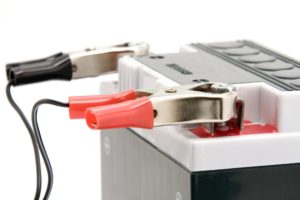LAMP and VDI Appliance Integration for Automated Management System

Appliance is a generic name that encompasses many key aspects of computer-based integrated systems and related services cutting across desktop, laptop and other data center-oriented computing. However, even more than that, appliances comprise integrated software, hardware, data management and services as well. What this means for a user is that an appliance can be more than a simple server – it can be a complete system with various hardware, operating systems, drivers, networking, management tools and security features. It can also be a bundle of different devices that are preconfigured to work together as part of a more complete solution. As a result, when shopping around for a server, you must evaluate each appliance component to ensure the best value for money.
Appliances come in many shapes and sizes and serve several purposes in various technological domains. The most common computer appliances are those that are used to provide basic data processing and network connectivity. Examples include desktops, laptops, portable personal computers, printer/scanner combinations, digital cameras, personal digital assistants (PDAs), networking adapters and telephone sets. To a very broad extent, these are all computer appliances but we are excluding the peripherals such as webcams, GPS/RFID tags, video capture devices and remote storage devices. By grouping together all these components under one umbrella, we are not merely talking about single computer appliances but multiple computer appliances combined together into a single, more complete system.
- Each appliance type has different specifications and users have to choose only those that meet their specific needs.
- One of the most important aspects that need to be considered is the operating system or applications that will be preloaded on the appliance.
- Different operating systems support different set of computer appliances.
- In general, LPC systems support only single type of computer appliances – either client-server or LAMP. In addition, there are also some exceptions to this rule.
Types of Operating System
There are three types of operating systems that LAMP supports. They are the Linux, the Hypervisor-based, and the Windows virtual machine appliances. Users may find it difficult to migrate from one LAMP environment to another and so many prefer to stay with the default LAMP installation. If they run across a situation where they require flexibility and a more robust system, they can always opt for the alternative Windows virtual machine appliances.
There are several advantages of using the LAMP and VDI combination. First of all, it allows easier customization. For instance, an administrator can remove the default installations and opt for specific ones. Another advantage is the fact that it supports the open source operating systems. Users do not need any kind of licensing or permission to use the computer appliances.
There is also the choice of selecting the Windows automated management system. This works well if your company maintains several computers at home. The administration of the various computer appliances can be done remotely. The best thing about the Windows automation is that it offers remote diagnostics and repair services. It also provides the capability to customize and run the computer appliances according to one’s requirements. The only drawback is that this automation is a bit expensive as compared to the other options and so it is not often used by businesses.






